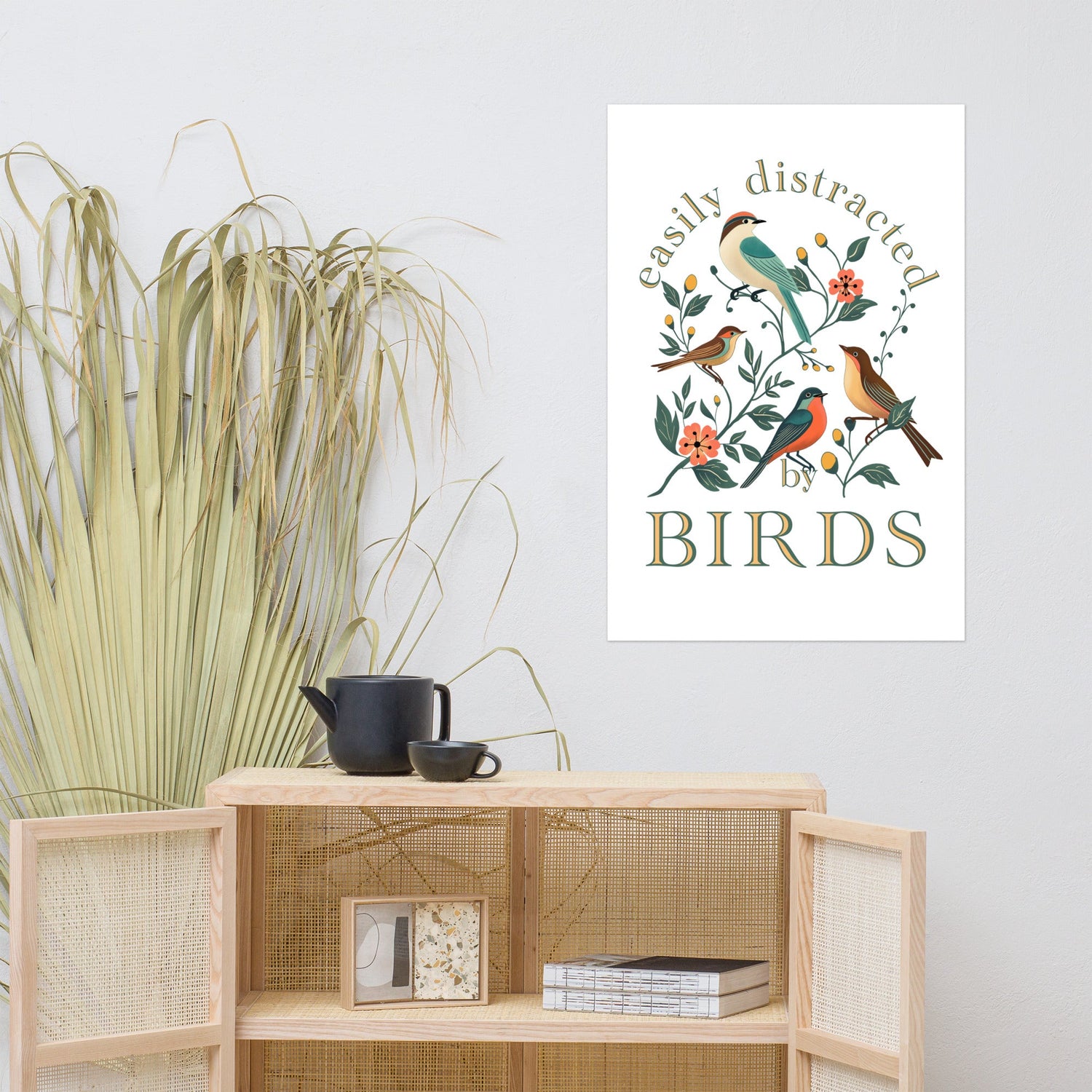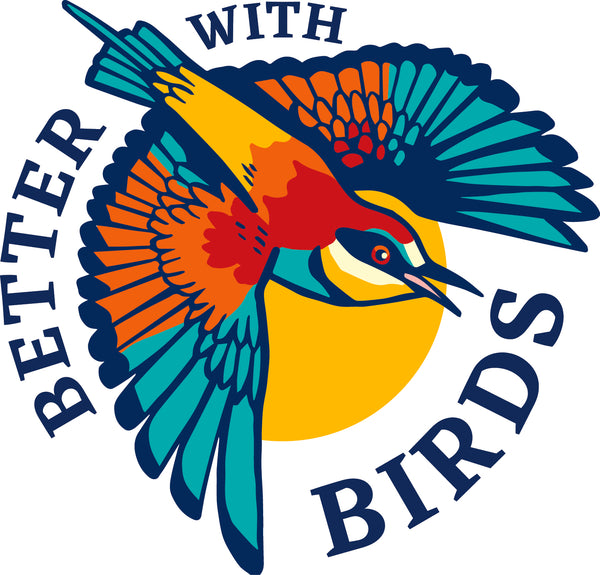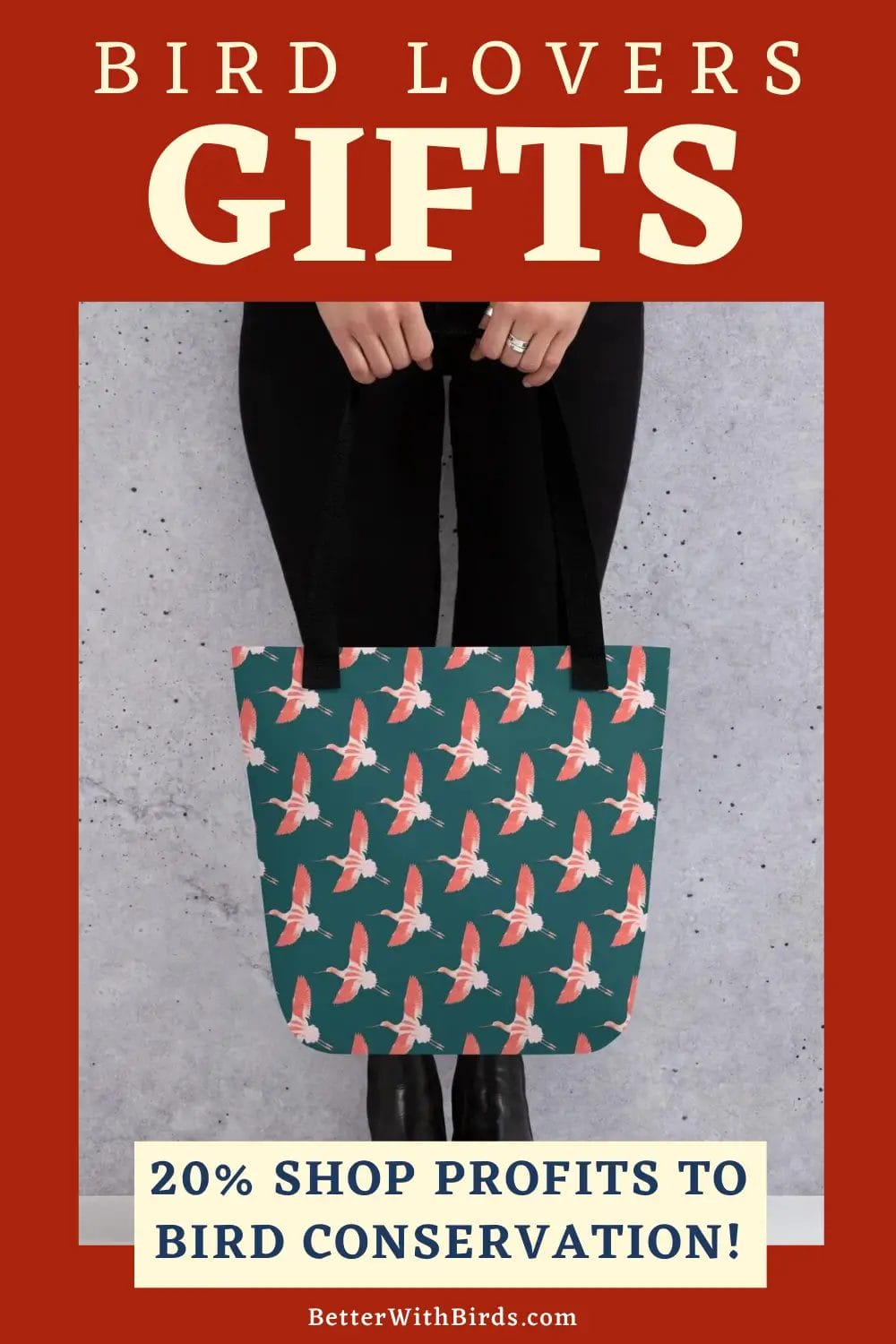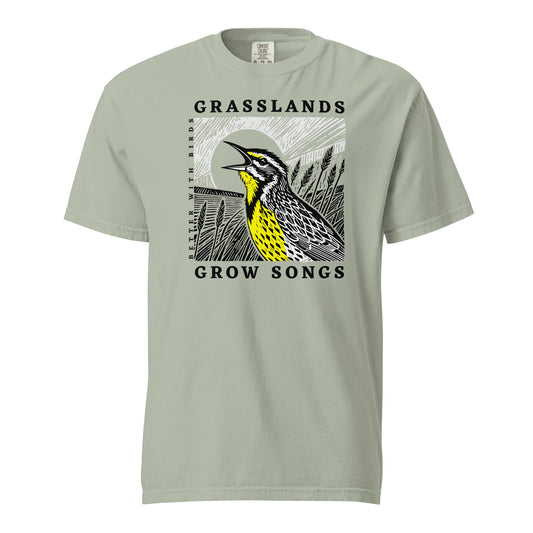This post contains affiliate links. If you use these links to buy something, we may earn a commission at no additional cost to you. We only recommend products we fully support or use ourselves. Our full disclaimer
Want hummingbirds so close you can count their tiny toes? And also a feeder that looks gorgeous from the garden path?
Below are my two favorite feeder types, including what they’re great for and where to put them so your yard becomes a safe, high-traffic hummer hangout.
1. The Window Suction-Cup Feeder
Why it’s wonderful
-
Face-to-face viewing. A suction-cup feeder sticks directly to glass, so the action happens inches from your nose. Pair it with a comfy chair indoors and you’ve got the laziest, happiest stakeout in town.
-
Surprisingly safer for birds. Feeders are safest either very close to windows (within roughly 3 feet) or far away (30+ feet). A suction-cup feeder lives in that close-to-glass safety zone, so birds can’t build dangerous speed before contact. Add dot decals or an external screen if you want extra collision prevention.
-
Stupid-simple to clean. The classic window design breaks down into just two parts (reservoir + base). Fewer crevices = fewer places for mold to hide.
Where to put it
- Center it on a pane with a calm backdrop (leafy plants beat bright sky reflections).
- Place it within arm’s reach so you’ll actually rinse and refill on schedule.
- If you add a second feeder elsewhere, keep it out of sight from the window unit to reduce turf wars.
My Top Pick for a Window-Mount Hummingbird Feeder
Perky-Pet Window Hummingbird Feeder
I've been using this specific feeder for over a year. It is easy to clean, easy to hang, has never leaked, and never fallen off the window (even during some gnarly winter storms!).

2: The Hanging Feeder with an Ant-Moat
Why it’s wonderful
-
It’s beautiful and effective. Hummingbirds key into reds and warm hues. A tasteful red feeder acts like a neon “open” sign while your garden flowers do the heavy lifting. (Use color in the feeder body and your plantings, not red dye in nectar.)
-
Built-in ant moat. Keep the moat topped with water and you’ll dramatically reduce the ant parade. Place the hanger so no branch or railing touches the pole... no land bridges!
-
Easy to clean. This model breaks down into four removable parts, so you can get into the ports and base properly. That’s not just convenience; it’s hygiene.
Where to put it
- Hang in open shade to slow nectar spoilage.
- Keep it out of the window feeder’s line of sight to diffuse territorial drama.
- Stage it near nectar-rich plants (salvia, bee balm, cardinal flower) for a two-course meal: flowers + feeder.
My Top Pick for a Hanging Hummingbird Feeder
Kingsyard Red Hanging Hummingbird Feeder (with ant moat)
Honestly, any hummingbird feeder from Kingsyard is a great choice. They have a ton of really stylish options and I'm eyeing one of their vintage cup styles for my next purchase. But, I happen to have this one (linked above) and love it. It's affordable, easy to clean, and my hummingbirds came to it within minutes of hanging it up for the first time. I've never had such an immediate response with a new feeder before!
Placement That Boosts Traffic and Safety
Window feeder placement
- Keep it right on the glass (as designed). This puts birds within the “closer than ~3 feet” safety zone that reduces harmful impact speeds.
- To go the extra mile, add dot decals or a thin exterior screen around the feeder area to break up reflections.
Hanging feeder placement
- If it’s not on glass, keep it 30+ feet from big windows.
- Favor partial shade to slow fermentation and keep nectar appealing.
-
Multiple feeders? Place them out of sight from one another so one bossy bird can’t guard the entire yard.
-
Height & access: High enough to foil cats; easy for you to reach for frequent cleaning.
-
Habitat helpers: Nearby native blooms + moving water (bubbler or mister) = more visits, longer hangs, and better photo ops.
Design a viewing spot: Create a little birdwatching nook aimed at your feeder zones. Include clear sightline, comfy chair, a bit of shade for you, and layered plantings for the birds.

Ants, Bees, and Other “Who Invited You?” Guests
-
Ants: Keep the Kingsyard’s ant moat filled. If ants still show up, move the hanger so no twig/railing touches the pole. Water barriers only work if there’s no land bridge.
-
Bees & wasps: Choose small ports; wipe drips; relocate to shade. Flower-style ports attract birds but are less appealing to many bees.
-
General pest control: Skip harsh chemicals near feeders; use gentle, garden-safe methods and time any treatments for early morning or evening when hummingbirds are least active.
Need Nectar?
The only nectar recipe you need
Build the Garden Vibe
If your feeder setup is becoming your happy place, you might also love to wear your bird love and decorate the space:













